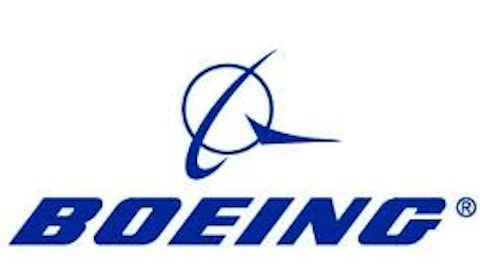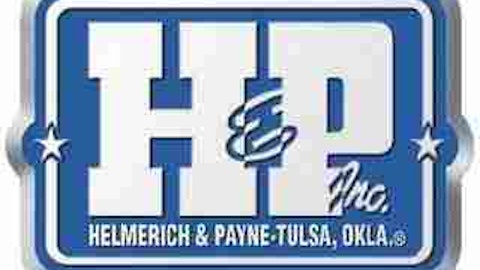Compressed natural gas is significantly cheaper than the fuels were used to filling up with every day.
The second reason businesses employ natural gas vehicles is that they have lower emissions, which in turn results in a smaller carbon footprint for these organizations. On average, CNG emissions are 28% lower than gasoline or diesel, and if the CNG comes from landfill gas, emissions are 88% lower. Companies such as Waste Management, Inc. (NYSE:WM), which powers its trucks with gas from its landfills, are among the greenest operations. In fact, 85% of Waste Management, Inc. (NYSE:WM)’s new truck purchases run on natural gas. Should the day come when we see a price on carbon (production or consumption), that, too, will probably tilt the economics in favor of these cleaner, greener natural gas vehicles.
And finally, the third advantage of using natural gas as a fuel is that there is less wear and tear on the engine, compared with its diesel cousin, which also saves companies money in the long run.
What, no downside?
All of these advantages can benefit individual consumers as well, but removing the advantage of scale does bring about one big disadvantage: refueling.
Whereas corporations can pay to install centralized fueling centers for their natural gas fleets, that sort of facility is not only cost prohibitive for the individual, but existing corporate facilities are a;sp typically off limits to the public. There are about 1,000 natural gas fueling stations nationwide, but only 585 are available to the public. Compare that with more than 120,000 traditional gas stations and you see how far we have to go.
Bottom line
Ford estimates that upfitting one of these trucks to run on natural gas can cost an additional $7,800 to $12,500, depending on the model, fuel tanks, fuel injectors, and fuel lines. That’s a significant increase in purchase price, but one that many companies have made up in fuel cost savings alone over the course of only two or three years. This doesn’t take into account lower maintenance costs or any local tax breaks a business may get for low-emission vehicles, factors that could decrease the amount of time it takes to see a return.
If you haven’t driven a natural-gas Ford lately, that day may come sooner than you think.
The article Will This Engine Ever Make Its Way Into Your F-250? originally appeared on Fool.com is written by Aimee Duffy.
Fool contributor Aimee Duffy owns shares of Ford. The Motley Fool recommends Clean Energy Fuels, Ford, General Motors, Waste Management, and Westport Innovations and owns shares of Ford, Waste Management, and Westport Innovations.
Copyright © 1995 – 2013 The Motley Fool, LLC. All rights reserved. The Motley Fool has a disclosure policy.




